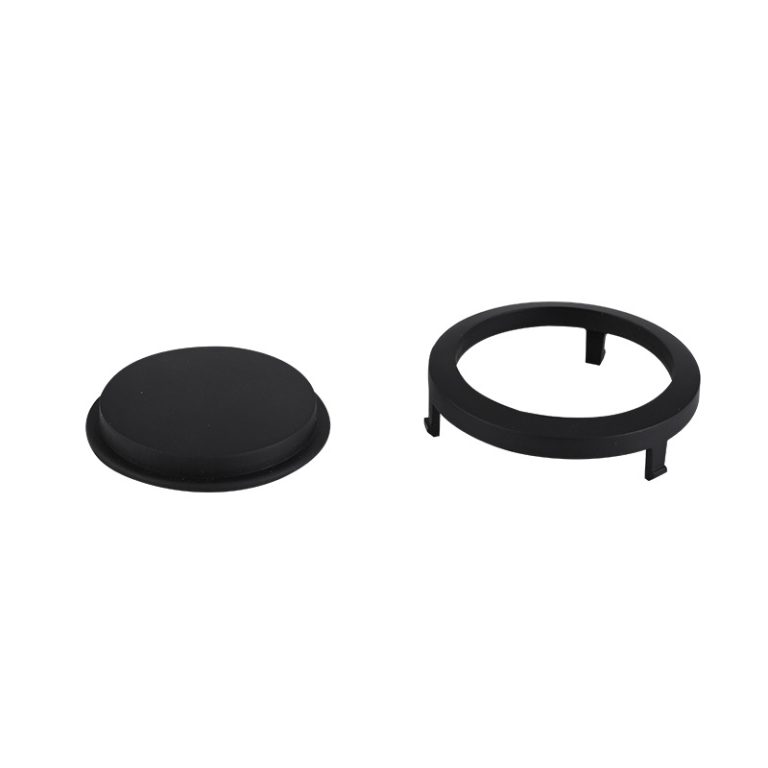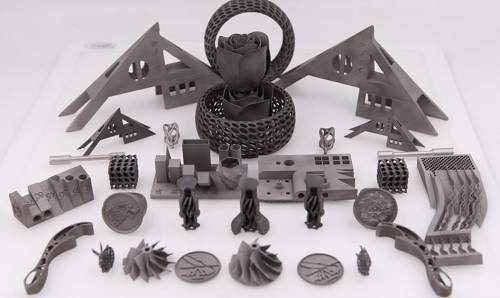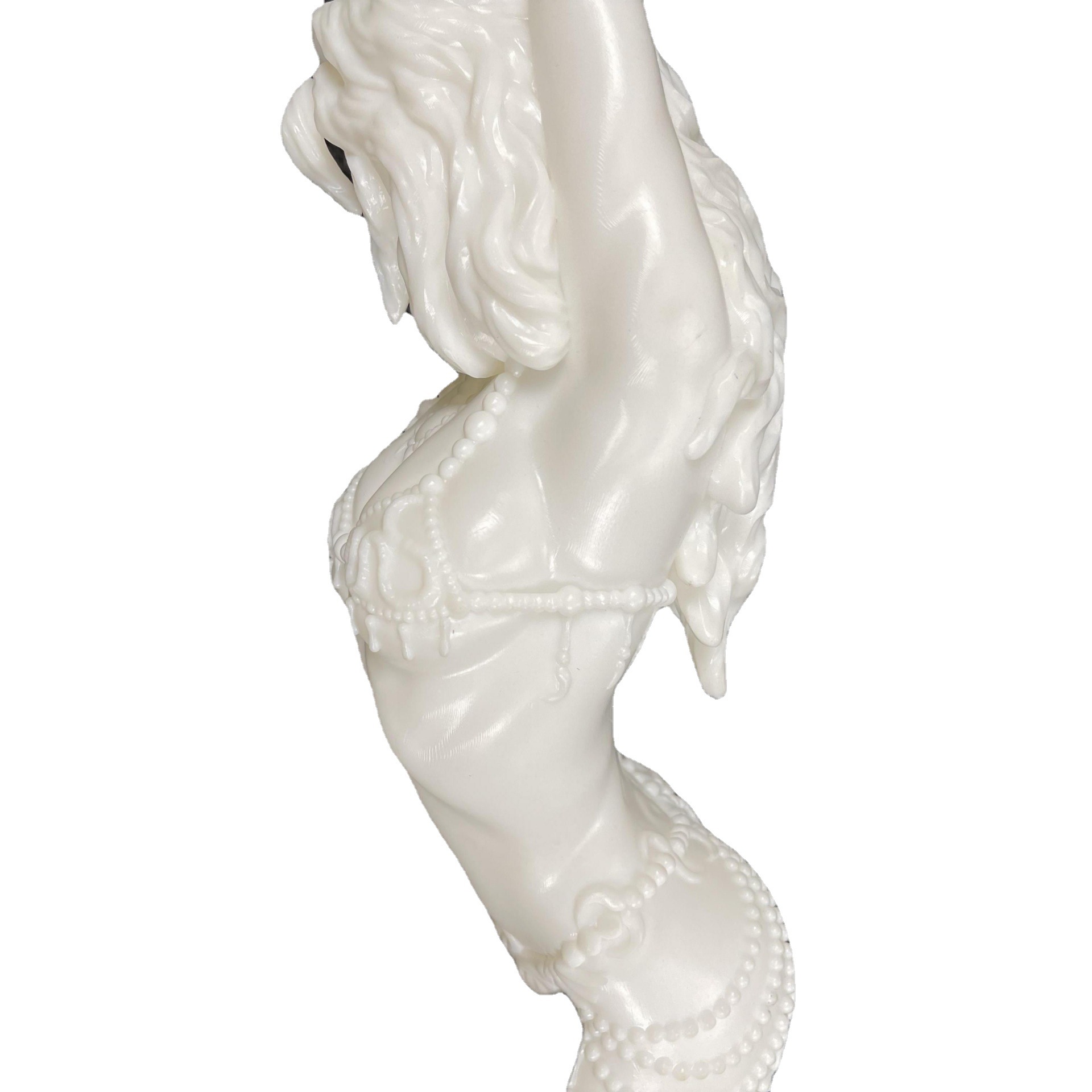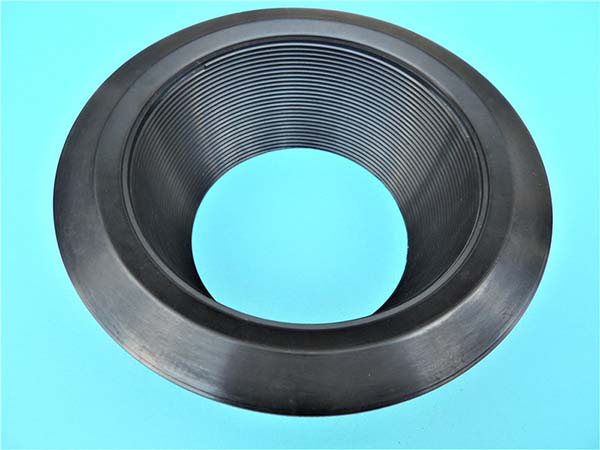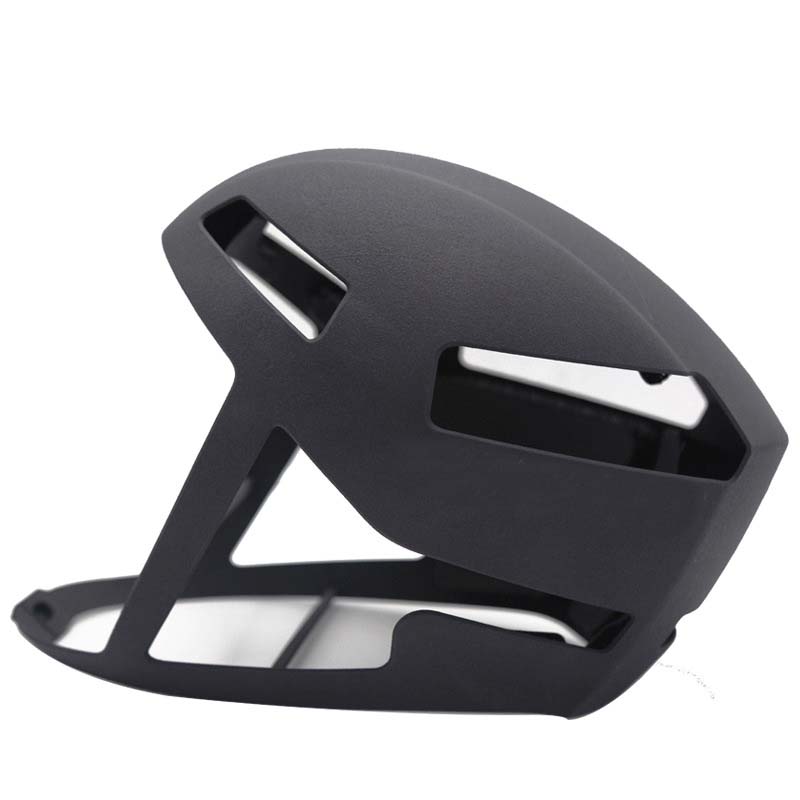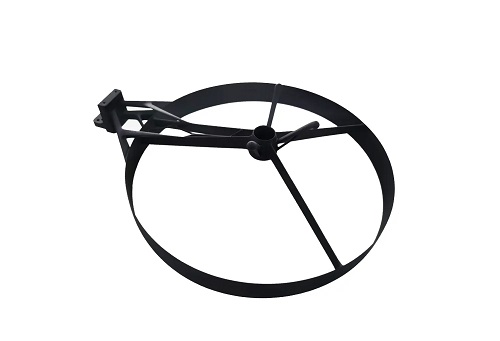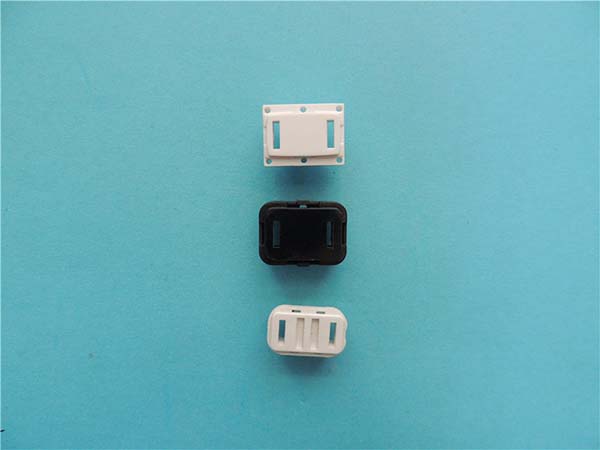Introduction to 3D Printing in Ceramics
The ceramics industry, rooted in tradition and artistry, is being redefined by 3D printing technology. By enabling the creation of intricate designs and complex structures through additive manufacturing, 3D printing offers unprecedented precision, material efficiency, and customization potential. This transformative approach is reshaping ceramics applications across fields like architecture, art, and functional design, paving the way for innovation in both craftsmanship and industrial production.
Overview of 3D Printing Technology
What is 3D Printing?
3D printing involves building objects layer by layer from digital designs, making it ideal for creating detailed and complex geometries. In ceramics, two primary methods are prevalent:
- Robocasting: Uses a liquid ceramic slurry, extruded layer by layer.
- Digital Light Processing (DLP): Utilizes UV light to solidify a photosensitive ceramic resin, producing highly detailed results.
Key Advantages
This additive process contrasts traditional methods like molding or casting, enabling precision, versatility, and reduced waste in ceramic production.
Historical Context of Ceramics Manufacturing
Traditionally, ceramics are shaped by hand, on a wheel, or through casting molds, then fired in a kiln to harden. While these methods offer a high degree of artistry and functionality, they require significant manual labor and are limited in producing complex, uniform designs. 3D printing complements these methods by offering a technological leap that merges craftsmanship with cutting-edge manufacturing.
Advantages of 3D Printed Ceramics
Precision and Complexity in Design
3D printing allows for intricate details and complex forms that are nearly impossible to achieve manually. This precision benefits industries requiring strict tolerances and enables artists to explore unconventional designs.
Material Efficiency and Sustainability
The additive nature of 3D printing ensures minimal material waste. Coupled with the use of recyclable and eco-friendly ceramic materials, it promotes sustainable production practices.
Customization and Personalization
Digital designs can be easily modified to create unique, customized products. This capability is particularly useful in niche markets, enabling personalized decorative items, medical implants, and even bespoke architectural components.
Applications of 3D Printed Ceramics
Architectural Components
3D printed ceramics are revolutionizing architecture by enabling the production of lightweight, structurally optimized components and decorative elements. These innovations allow architects to design visually stunning and functional structures that leverage ceramics' durability and aesthetic appeal.
Artistic Sculptures
Artists are embracing 3D printing to create intricate sculptures with textures, patterns, and designs that traditional techniques cannot replicate. This fusion of technology and art expands creative horizons while maintaining the material's tactile qualities.
Functional Products
Functional ceramics, such as cookware, tiles, and industrial components, are increasingly being 3D printed. From heat-resistant components to custom tableware, this approach allows manufacturers to produce high-quality, tailored items efficiently.
Future Outlook
Technological Advancements
Ongoing innovations, such as multi-material printing and enhanced post-processing methods, are broadening the potential applications of 3D printed ceramics. For example, integrating ceramics with other materials could create multifunctional products with varied thermal or electrical properties.
Disruption and Opportunity
As 3D printing becomes more widespread, traditional ceramic practices may face disruption. However, this shift could spur industry-wide innovation, fostering new business models and collaborations between artisans, engineers, and technologists.
Growth and Market Expansion
The ability to produce customized and sustainable products positions 3D printed ceramics to thrive in both artistic and industrial markets. The technology’s versatility offers a significant opportunity for growth, particularly in architectural, medical, and consumer goods sectors.
FAQs
1. What materials are used in 3D printed ceramics?
Materials range from clay-based slurries for decorative and functional items to advanced technical ceramics like alumina and zirconia, used in high-performance applications.
2. How does 3D printing compare to traditional ceramics manufacturing in cost?
Initial investment in 3D printing equipment can be high, but the reduced material waste, labor costs, and potential for rapid prototyping make it cost-effective for small to medium production runs.
3. Are there challenges to 3D printing ceramics?
Yes, challenges include:
- The need for specialized equipment and skills.
- Longer production times compared to traditional methods.
- Complex post-processing steps, such as sintering and finishing, to achieve the desired quality.
Despite these challenges, technological advancements continue to address limitations, making 3D printing an increasingly viable option in the ceramics industry.
